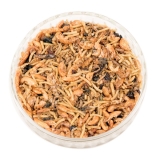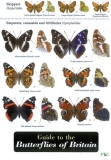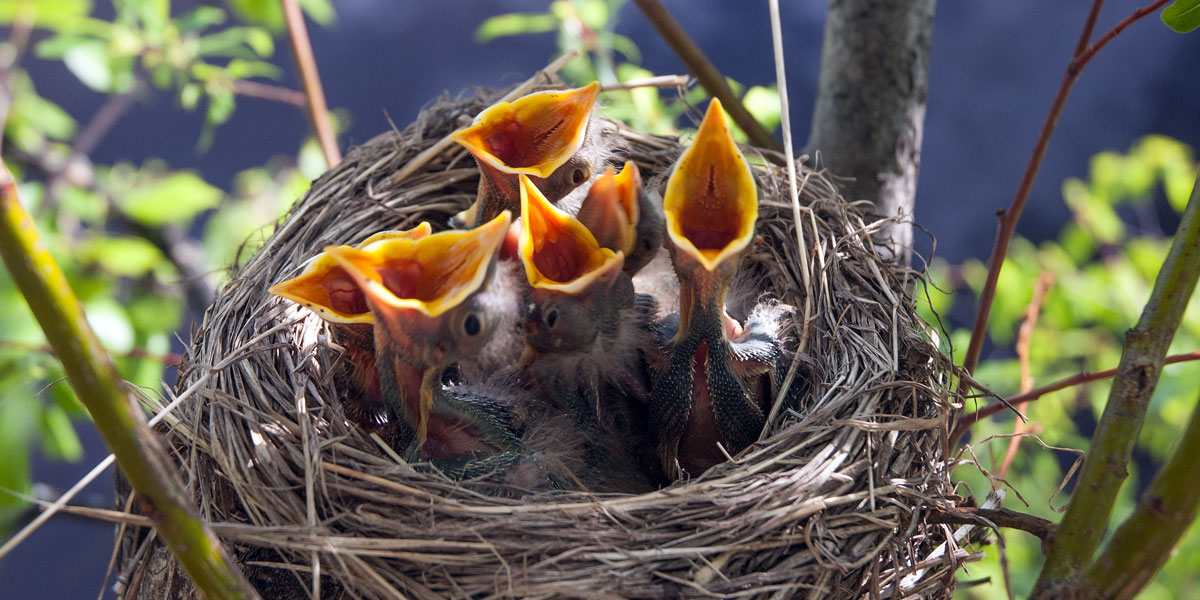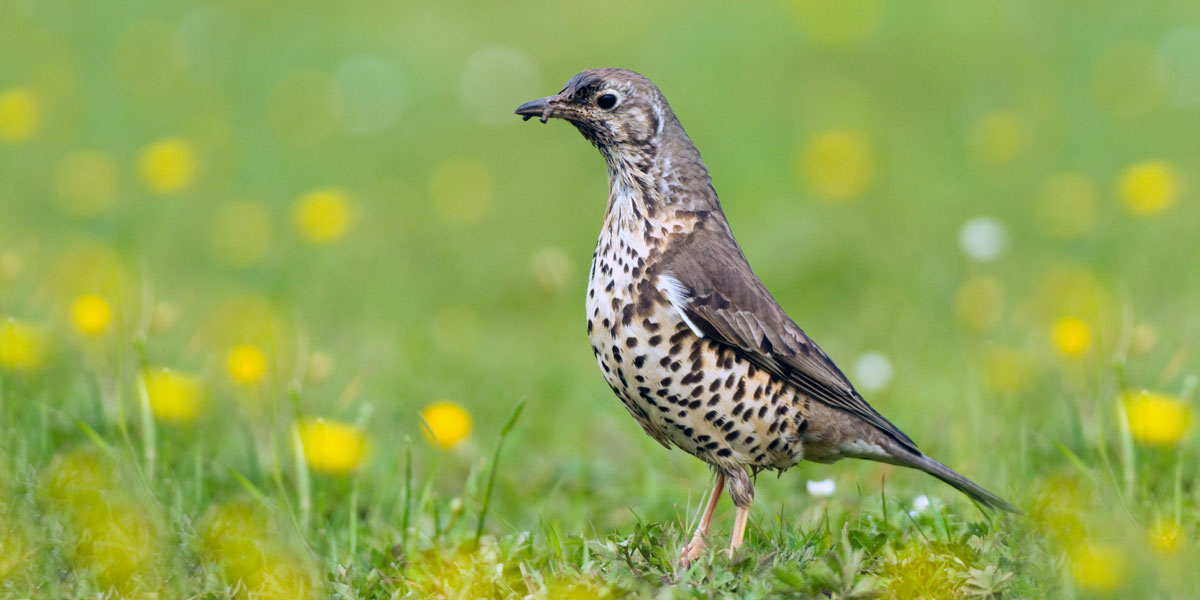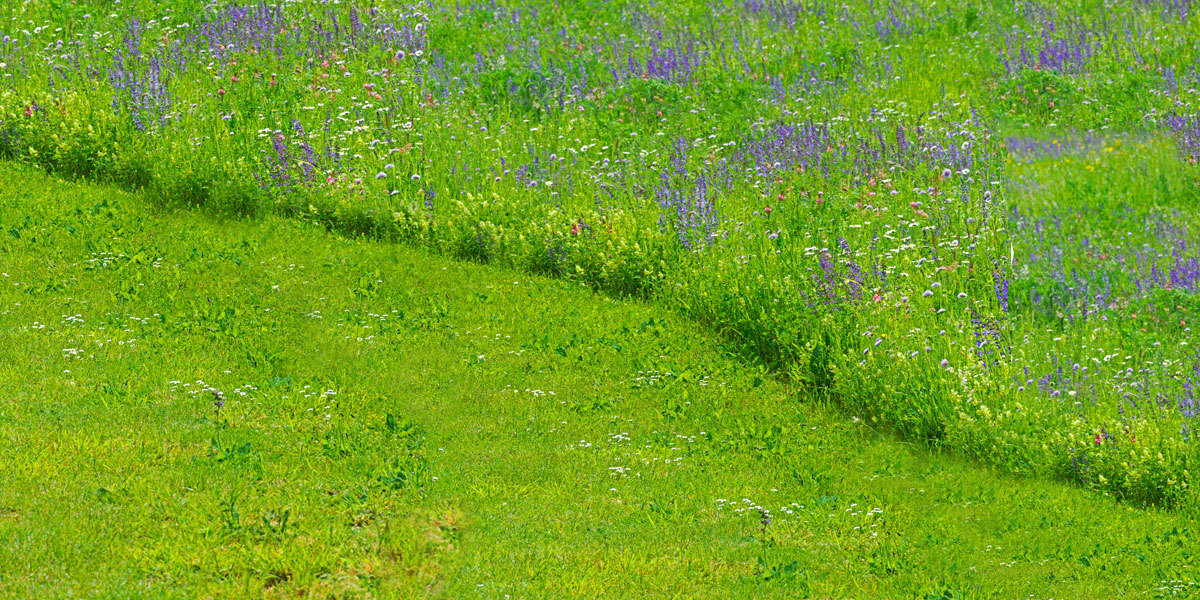Explore Our Garden Wildlife Blog
Browse or search by Category or Keyword below, alternatively click on any Tag to see related articles.
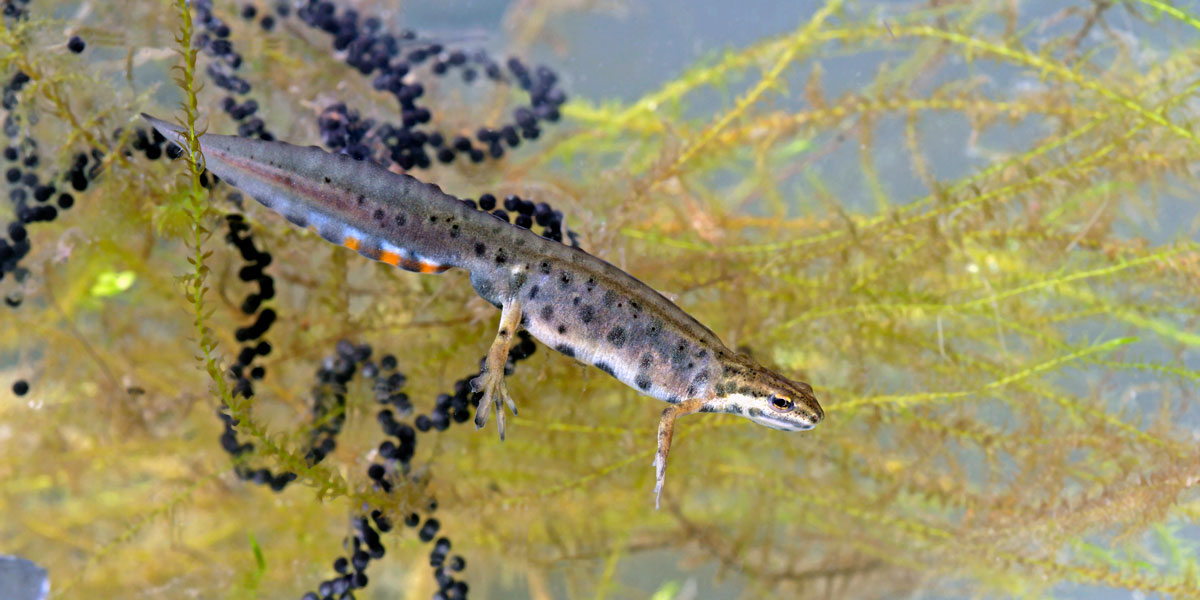

Wildlife Pond Design Ideas & Tips UK
By Ark Wildlife
7th September 2022
Last Updated: 5th April 2024
“The fastest and most effective way to attract
wildlife into your garden.”
It would be nice to imagine every garden sporting at least a small water feature and every street enjoying a pond with open water and sloping edges. Imagine the sight of them all as you fly over in an aeroplane – the sun reflecting back at you from a myriad little mirrors framed by green lawns and colourful borders. Heaven on earth! That’s just what millions of flying invertebrates and birds want to see. As do all the land dwelling animals, although their view is somewhat restricted.
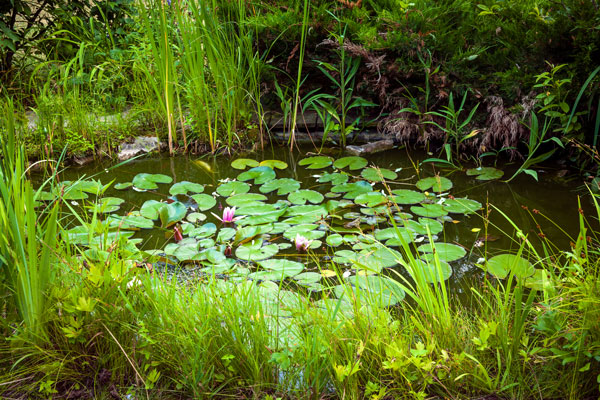

In the not too distant past, every village had its pond. Farmers without a river to call on dug field ponds, they all dug drainage and irrigation ditches that ran criss-cross all over the countryside joining the rivers and canals in a broad network, allowing life to roam and spread throughout the country. Sadly, nowadays the water authorities drain the rivers, the water table has fallen, ditches have been neglected and dried up and farmers prefer to use piped water for convenience. This leaves vast tracts of countryside a barren dry wilderness, inhospitable and unwelcoming. Is it any wonder nature is struggling in so many forms in our modern world? Now consider that private gardens account for 3-4 million acres of open land – greater than the area occupied by London itself. If enough of us put some water back into the system (and rarely is planning permission required), that image from above could become a reality. If you decide to go ahead and build a pond – you’ll be rewarded almost immediately by new life appearing, everything from microbes, algae, beetles, plants, dragonflies, birds and animals all coming to visit or colonise this new life source. So what are you waiting for, roll up your sleeves and start the project…
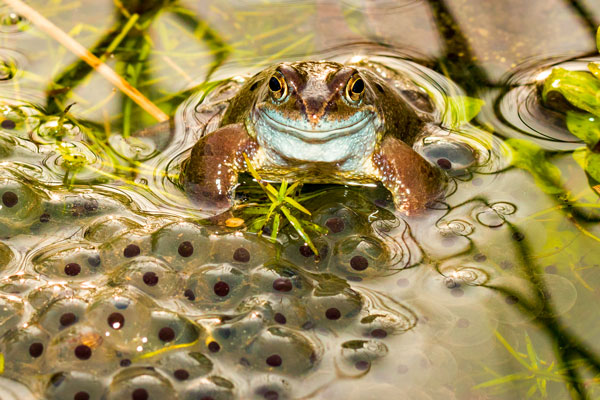

Why are garden ponds important for wildlife?
A pond is key in attracting the most varied wildlife to your garden; it’s a true wildlife magnet. It’ll touch the lives of most surrounding wildlife. This is because a garden pond provides a habitat for many varieties of organisms, including insects, fish, plants and amphibians. A pond also yields food: plants and insects provide food for many creatures. And it provides bathing and drinking water for your garden birds and mammals.
Vitally, it’s also a place where animals such as frogs, newts and toads will breed. Dragonflies and damselflies will lay their eggs on the pond plants or drop them onto the surface of the pond. The importance of the garden pond never ceases, and it’s rewarding to create a safe haven where local wildlife can flourish.
Where to site a wildlife pond
The best place for a wildlife pond is in a south or west facing reasonably sheltered spot in your garden. You will want to be able to see the pond from the house to watch all the fantastic wildlife it’ll attract. Use natural features to your advantage, i.e. a wet area for the bog garden, a slope to use up excess soil, or if used accommodate a stream, etc. A sunny spot will attract the most wildlife to your pond but it also needs some shade from midday sun. However, also avoid overhanging trees, as autumn leaves will be a problem.
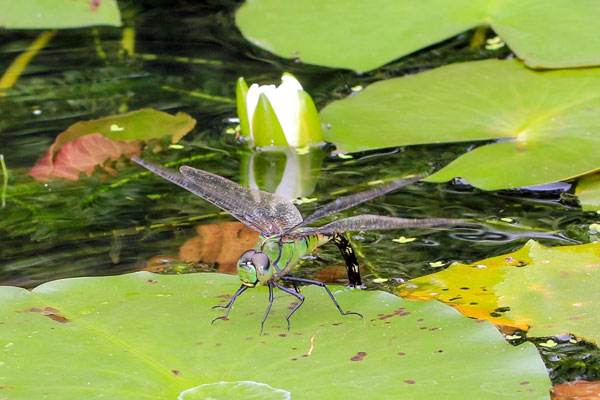

How to dig a wildlife pond
When you’ve decided on the best location I like to mark out the shape of the pond with a long flexible hose or sharp sand, you can also use canes or string. You might then want to leave it for a few days. This will give you time to decide if you like the size and shape of it before it’s too late. The best wildlife ponds are irregular, kidney or rounded in shape as these look much more natural. Now’s the time to really muck in and start digging. Depending how you intend to finish the pond, you might want to lift and put aside the turf to lay as edging at the end.
How big should a wildlife pond be?
The size of your wildlife pond is up to you and depends upon the space you have available in your garden. Of course, the larger your pond is, the more wildlife you can hope to attract to it – but even if you only have a tiny pond in a pot you can provide a habitat and water source for an array of garden wildlife as long as you maintain it properly. In terms of depth, roughly 20cm to 60cm deep tends to suit the greatest variety of flora and fauna for your pond. You should also consider safety in certain circumstances, such as if any children will be playing nearby.
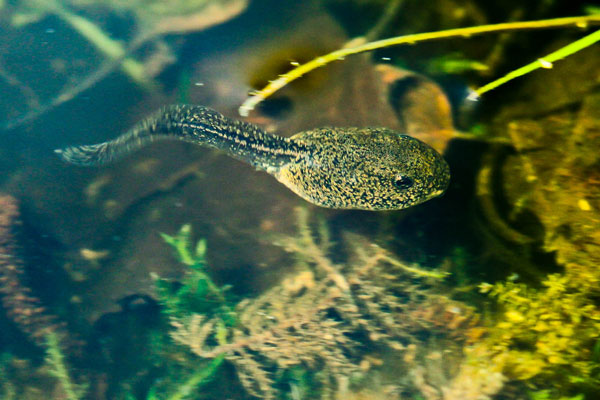

How deep should a wildlife pond be?
As you dig the hole, make sure the deepest part of the pond is at least 2ft deep, this will give over wintering wildlife a chance of survival in a frost free area, even in the coldest winters. Shallow sloping sides are critical for the wildlife pond as these provide essential habitat for your pond plants as well as providing easy access and escape for any animals that might fall in, hedgehogs being notorious for doing just that. Once the digging is complete, firm down the base and sides and carefully stone pick any sharp edges out.
What type of water should you fill a pond with?
The most natural way to fill your pond is using rainwater. Rainwater is ideal because tap water contains additional nutrients which can disrupt the happy little ecosystem you are creating. Some water evaporation is natural, and the pond water level will lower a little. For convenience, during very dry weather, ponds can be topped up with tap water when the level becomes too low. But ideally use a water butt or two to collect rainwater to fill and top up your pond.
Garden Pond Lining
You have a big hole in your garden, now it’s time to make it waterproof, permanently! Do not skip or skimp to save pennies at this stage. It really will be a false economy. A puncture at the bottom of a wildlife pond is a disaster, not only the time and trouble of repairing it but the ecological disaster of upsetting what will be by that time a well-balanced pool of diverse life forms. Our method might seem overkill at first but it ensures longevity, a high degree of leak resistance, as well as allowing you access to climb in the pond for cleaning, planting, etc in the future, without fear of rupturing the liner. First lay either a felt liner of carpet liner, make sure it covers the whole site and overlaps the edges. Then add a generous layer of sand and rake it over until you have a more or less even cover. The next is the most important layer – the waterproof liner. We use a strong butyl rubber liner, as it provides the greatest strength, durability and UV resistance. The liner can be rolled out over the pond with an overlap of at least 1ft. After the waterproof layer, another layer of felt or sand will help protect your liner from anything that might fall into the pond. Finally, a thin layer of sub-soil can be added. The sub-soil provides a good medium for any plants to grow in and will also make the pond look more natural, add extra nutrients in the early stages and help disguise the rubber lining. When all the layers are in place, weigh down the edges with large rocks or brick, place the hose on the bottom of the pond and gently let the water trickle in. Once it’s full you will need to leave the pond for at least a week to allow the water to settle and lose its chlorine. Then to give the wildlife a kick start, add a bucketful of water collected from a friend or neighbours pond – this will bring in all sorts of nice invertebrates and try and add a few pond snails.
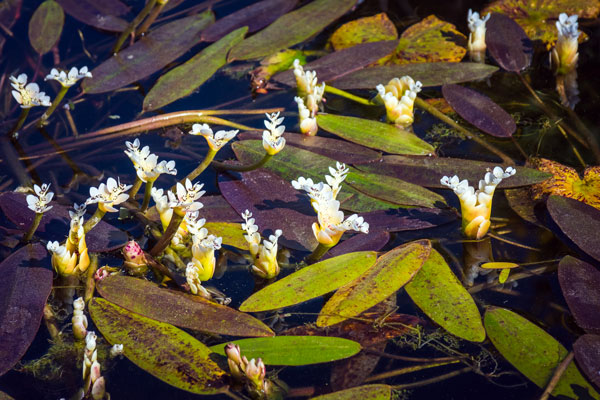

How do I maintain my garden pond?
All ponds need regular maintenance to stop them turning into bog gardens (probably not what you were aiming for). Make a checklist like the one below and regularly run through the items.
✔ Maintain pump, fountains and filter
✔ Clean your pond regularly, remove dead leaves and plants
✔ Control algae growth
✔ Ensure the pond water pH is balanced
✔ Encourage water plants
✔ Keep any nearby plants trimmed so that they don’t overgrow
✔ Look out for leaks and repair
✔ Control ice in the winter
✔ Maintain the right water level
✔ Make sure it is well-aerated
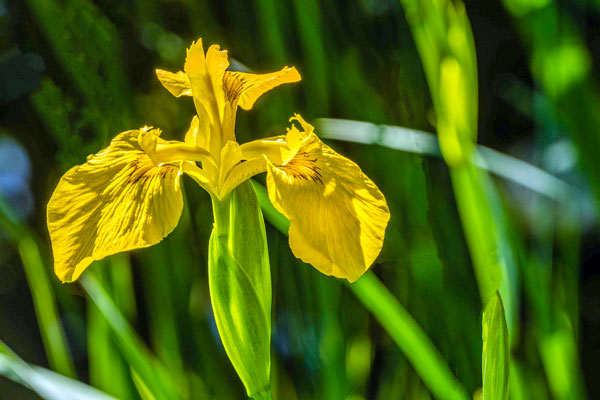

What plants can I put in my pond?
Late spring early summer is the best time to plant your wildlife pond, as the plants are just starting to grow and the water shouldn’t be too cold. You are going to have to get into your pond to plant (aren’t you glad you took our advice about all those layers now?). There are a few different categories of plants that are essential if your pond is going to become a wildlife haven. The best place to get all your pond plants is from an already established wildlife pond in a friend or neighbour’s garden. Go for native species and avoid plants that will be rampant and take over the pond completely.
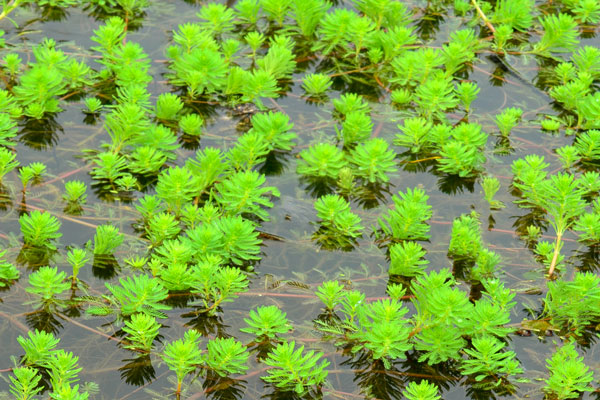

Oxygenators – these are submerged large green algae. To plant these you need to secure them to half a brick and then stick some of the cut ends into the soil, they will then grow in the main body of the pond water and should keep the pond oxygentated for any wildlife.
Good Oxygenating Plants:
Curled Pondweed (Potamogeton crispus)
Canadian Pondweed (Elodea canadensis) – as a last resort because it will take over completely
Hornwort (Ceratophyllum demersum)
Water Soldiers (Stratiotes aloides)
Water Milfoil (Myriophyllum spicatum)
Water Starwort (Callitriche spp.)
Water Violet (Hottonia palustris) Floating leaves – the roots need to be planted and held on the bottom of the pond with bricks.
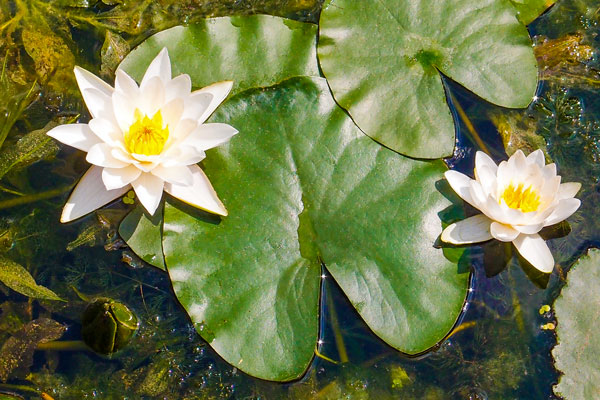

Native water lilies:
Amphibious Bistort (Polygonum amphibium)
Broad-Leaved Pondweed (Potamogeton natans)
Fringed Water Lily (Nymphoides peltata)
White Water Lily (Nymphaea alba)
Yellow Water Llily (Nuphar lutea)
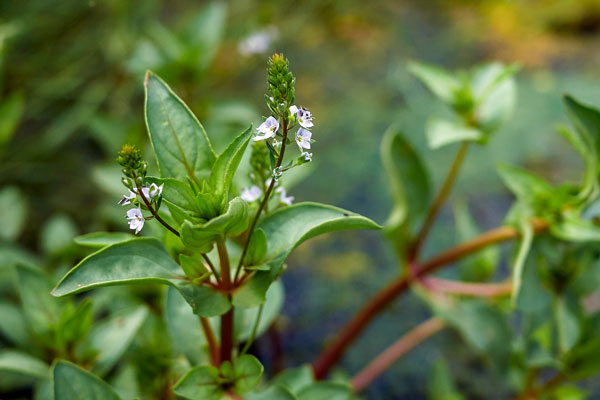

Emergents – these plants grow straight out of the pond from the bottom and they are very important for many pond invertebrates such as emerging dragonflies.
Native Emergent Plants:
Arrowhead (Sagittaria sagittifolia)
Bog Bean (Menyanthes trifoliata)
Brooklime (Veronica beccabunga)
Burr Reed (Sparganium erectum)
Flowering Rush (Butomus umbellatus)
Lesser Reedmace (Typha latifolia)
Water Crowfoot (Ranunculus aquatilis)
Water Hawthorn (Aponogeton distachyos)
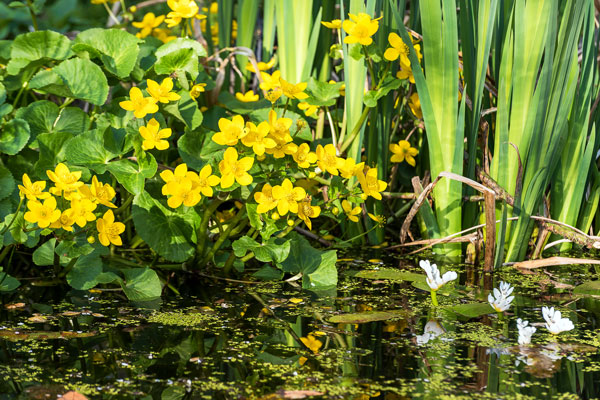

Marginals – these plants grow around the edge of the pond in the shallows and create a natural edge between your pond and the rest of your garden, this is where your gently sloping edges really come into their own.
Native Marginal Plants:
Brooklime (Veronica beccabunga)
Cotton Grass (Eriphorum angustifolium)
Lesser Spearwort (Ranunculus flammula)
Marsh Marigold (Caltha palustris)
Marsh Woundwort (Stachys palustris)
Meadowsweet (Filipendula ulmaria)
Ragged Robin (Lychnis flos-cuculi)
Soft Rush (Juncus effusus)
Water Avens (Geum rivale)
Water Forget-Me-Not (Myosotis scorpioides)
Water Mint (Mentha aquatica)
Water Plantain (Alisma plantago-aquatica)
Water Speedwell (Veronica anagallis)
Yellow Flag Iris (Iris pseudacorus)
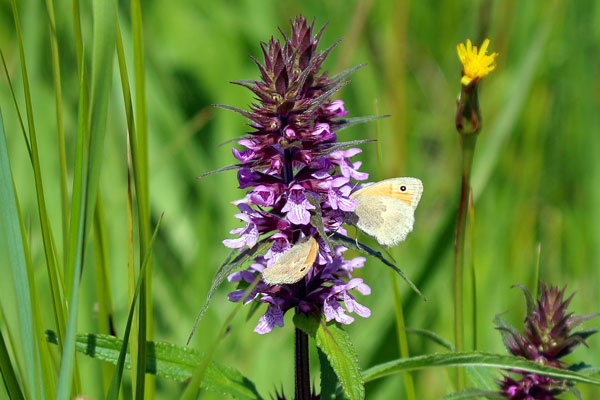

What type of wildlife does a wildlife pond attract?
The pond itself will attract all sorts of wildlife just by being there. Dragonflies should find your pond very quickly and will amaze you with their aerial acrobatics. Pond skaters and diving beetles have an incredible ability to find and colonise new ponds. Birds should come down to bathe in the water and to drink, and if you’re lucky you might even get foxes, deer, hedgehogs and other mammals, possibly badgers using your pond as a watering hole. Frogs, newts and toads are the obvious residents of a wildlife pond and these can be introduced with spawn from a neighbour’s pond. Otherwise, just sit back and watch what a fantastic array of wildlife you have just created in your own back garden.
How do I prevent algae from growing in my pond?
When considering how to prevent algae growing in your pond, firstly remember that your pond isn’t supposed to look like a swimming pool, tropical sea or water fountain. There are good types and bad types of algae. The good type of algae is a natural part of the ecosystem, clinging to the rocks, pulling out the nutrients that can cause bad algae and keeping the fish happy and healthy. The bad types of algae can harm pond wildlife. Pea soup algae (green water algae), string or hairy algae and dense mats of algae are some of the bad guys.
To prevent the bad varieties of algae from growing, add more pond plants, such as watercress, lily pads or cattails, as these plants absorb the nutrients that algae needs to grow.
Safety
Although a pond is the best way to attract wildlife into your garden, if you have small children it may not be practical. Think very carefully about if you really want the responsibility of a pond if you have under five-year-olds that regularly use the garden. Even just a few inches of water can be dangerous and it is safer to wait until the kids grow up a bit.
If you have recently built a garden wildlife pond, ensure you have all of the pond care supplies you need to keep it looking its best.
External sources/references






